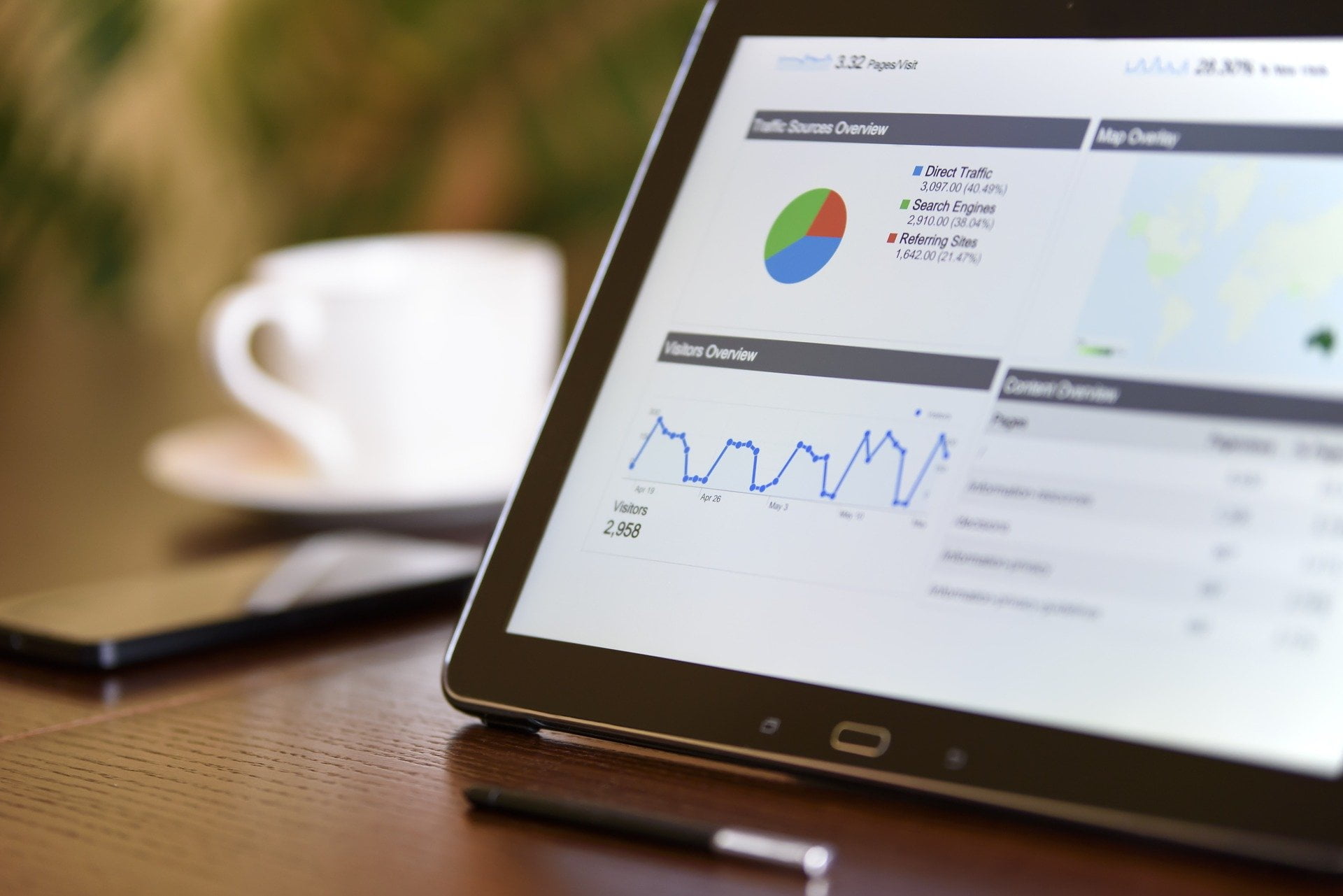To measure the impact of a marketing operation, it is necessary to collect and analyze data and event is no exception.
For a long time, marketers and event organizers were satisfied with just collecting data through forms filled out by participants (registration, attendance, satisfaction, etc.)
However, with these forms it is difficult to filter, cross-reference, deduplicate, analyze or share the data collected.
How can you optimize the collection of relevant information on your participants at each stage of your event operation? And once you have this information, how can you activate it?
Improve data collection at each stage of the event
Throughout a professional event, an attendee generates a significant amount of data from registering online to participating on the day.
Having the right tools is therefore essential to ensure a precise and efficient collection of this valuable information (all while respecting the GDPR guidelines of course).
The inwink platform, for example, allows the collection of data on the three main phases of a BtoB event:
- registration
- intent
- participation
1) Registration: Declarative data
This first phase allows for the collection of information on the registrant’s profile: identity, professional contact information, position, company, as well as their consent to data collection (opt-in).
At this stage, it is important to focus on the key elements of qualification as to not make the registration process too troublesome.
This will provide the organizer with the first indications about the subscriber: To which category of my audience do they belong? Through which channel were they invited? What are their interests? etc.
2) Intent: Behavioral data
After registering, participants should be encouraged to prepare their attendance by consulting the information emails, logging in to their personal space, registering for thematic sessions and adding them to their personalized agenda, downloading the mobile application, pre-printing their badge, filling in their networking profile, making appointments with other participants, etc.
This behavioral information will allow you to measure the registrant’s motivation and predict how likely they’ll be to participate. This step will also lead to collecting richer information on the participant’s professional profile.
3) Participation: Attendance data
On the day of the event, the participant takes part in the event, whether online or in-person: they validate their presence, participate in different sessions, meet other participants, visit the partner booths, etc…
This data on the participants’ itinerary makes it possible to measure the overall performance of the event:
- what is the percentage of attendees compared to registrants?
- what were the most popular sessions?
- how many meetings took place?
- what is the satisfaction rate?
This data will also provide more precise information about the participant’s interests and can be compared with the attendance intent data.
Digital events allow the collection of more precise data on participants’ actions on the day, all while respecting GDPR guidelines of course.
How can you activate your event data?
There’s obviously no point in collecting that much information about your participants if the objectives are not well defined in the first place.
The more structured your information collection is, the more relevant the data collected will be, and the more effective your marketing actions will be.
There are different actions you can take thanks to an efficient data collection:
1) Personalize participant experience
Registration data allows you to provide a personalized online experience, send tailored communications, suggest relevant connections, and recommend interesting sessions to your future participants. The more accuratee information you have about your registrants, the better you’ll be able to personalize your pre-event marketing actions.
2) Increase participation rate
Intent data allows the organizer to understand an attendee’s interest in a content, a theme, a speaker, a company, etc. The organizer can use this data to predict the arrival of a registrant, anticipate peaks in attendance, identify highlights, analyze relationships between participants, etc.
Some good practices recommended by inwink :
- Follow-up with registrants who have not downloaded their badge or activated their online account
- Follow-up on inactive registrants, who have a high probability of “no show”
- Notify the participants of the appointments they have pending
3) Measure performance
Attendance data allows to measure the different flows on the event, and to therefore take real-time decisions on the day of the event. This data also allows you to edit precise reports on the different highlights of the event.
Collecting and analyzing participation data is part of the best practices of the BtoB marketer. The information collected is valuable, as it will allow to manage the event, delight participants through a personalized experience, and provide sales teams with qualified leads.
In the end, it is through the quality and quantity of the data collected that the performance of the event can be measured and the return on investment can be calculated.

